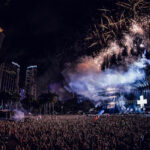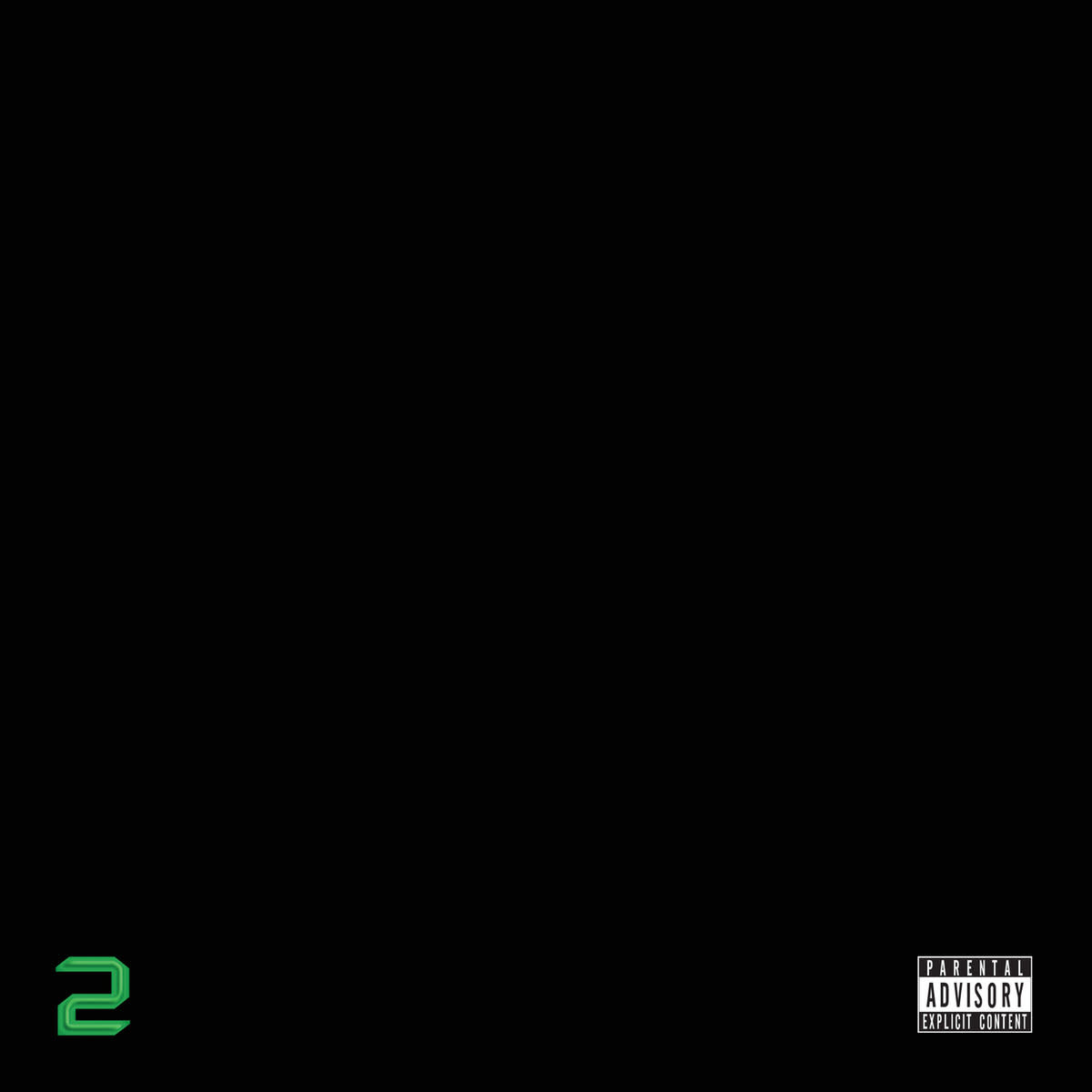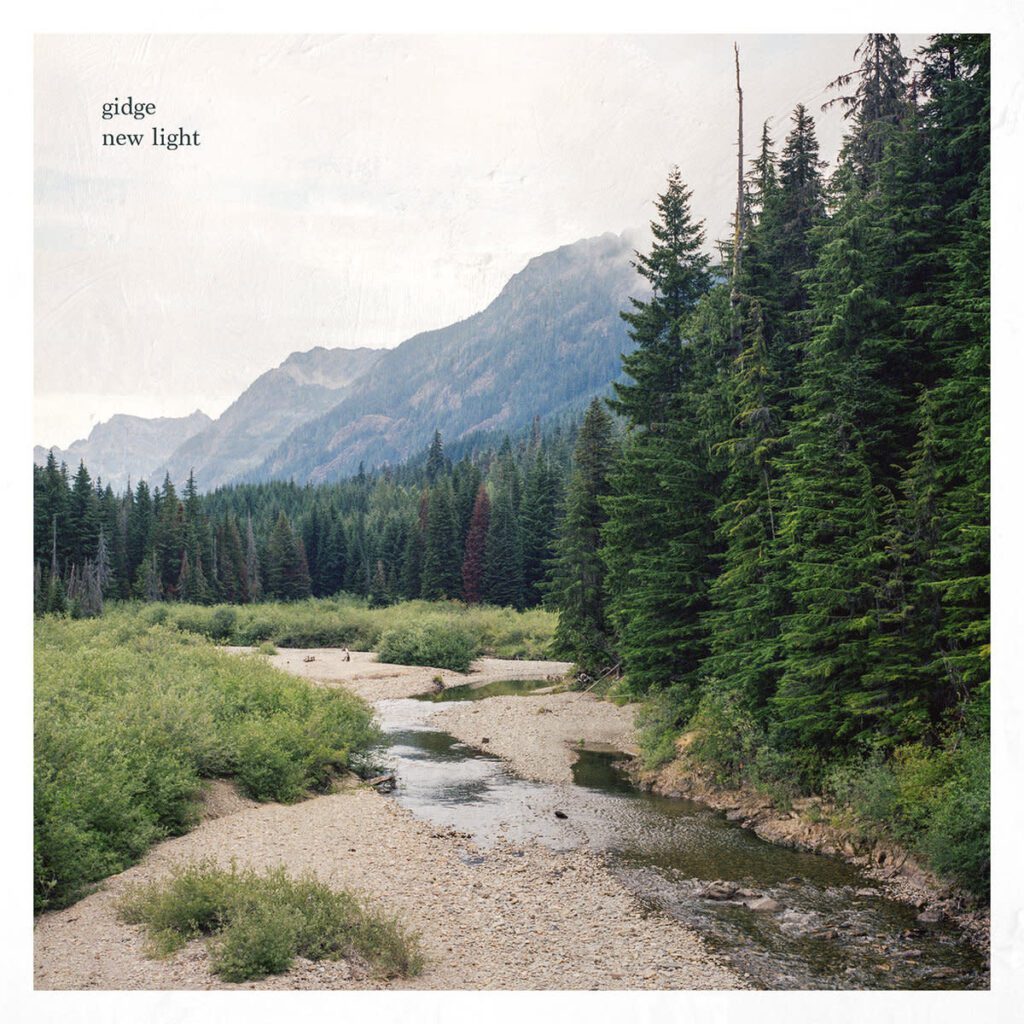Veteran chillout producer Tripswitch released his new album Momento Mori at the top of last month. He first broke out in 2005 with his LP Circuit Breaker that firmly established him as one of the genre’s leaders and helped propel his music into film, TV, ads and video games. His music has evolved over the years, but he has always come back to chillout and this album brings him back to what fans first fell in love with.
Momento Mori is a beautiful and sweeping album. It is at times glitchy and gritty, at times experimental to throw you off your pace a bit, but only to keep you on your toes. It delves into some of the trip-hop he has done over the years, but never deviates from a journey that slowly crests like gentle waves on a day out at sea. Nearly 70 minutes long, there is a lot to take in, but this journey best savored in full.
The album title means "remember you will die." So while there are moments of hopeful beauty, it is still at its roots bound to the idea that in the end, there is a final destination for all of us — rich, poor and everything in between. No matter your status in life, death is the great equalizer. The album originally was born out of a health scare in 2016 where Tripswitch struggled physically and mentally and felt like he might die as well. It wasn't intentional, but releasing the album during the Coronavirus pandemic added another punctuation to a multi-year journey on a brush with death and through his own recovery.
We asked Tripswitch to break down the album, track-by-track for a new Director’s Cut feature. He breaks down that journey and how each song helps guide us musically. You can listen to the full album now via Section Records and get your copy here.
1. Petrichor
This was always going to be the opener – and the first track I started working on when I sat down with the intention of writing this album. It was late autumn, damp, and the melancholy of that time of year really guided my writing and gave me the track title. One of the more “shady” tracks on the album, but sets the mood nicely for the highs and lows that follow.
2. Touch Response
This track is one of the deepest on the album. It was written in a benzodiazepine haze at a time when I was really struggling with post-traumatic anxiety 24 hours a day (I’ve written extensive sleeve notes about my journey with this album that you can read in the accompanying booklet). It’s beautiful, but has a kind of a lazy “heroin chic,” that for me, listening back and living through the emotions again, almost puts me back in that headspace, but with a resolution I was searching for at the time. It was one of those tracks I played pretty much with my eyes closed, feeling my way through the guitar and piano parts. It’s a technique I’ve used on quite a few tracks over the years and tends to result in a real natural flow and a lot of emotion.
I’m currently working on a video for this piece with some absolute legends – my mate Dave, who’s been responsible for some of the most remarkable stage shows in recent years for the likes of Eric Prydz and Coldplay; and Dean Winkler in New York, who’s been a pioneer of video effects since the 1970’s. Really excited to see how it turns out!
3. Last Waltz In Weirdsville
Nick (Warren) and I enjoy working together on tracks that are a bit out of the box – we have very similar tastes in terms of our musical histories, so it works well when we’re exploring. He came to me with a loose idea based around the string motif. The slight unease in those descending semitones just made it the perfect fit with what I was envisaging for the album. And so it developed along those lines, maximizing the “weird” with trip-hoppy beats, spooky Gretsch guitar and my harmonica lending a bit of Spaghetti Western drama.
4. Penumbra
I originally wrote this track for a compilation by Desert Dwellers, to celebrate the 2017 Eclipse in Oregon USA, where I played. It was a really strange time for me, coming a few months after the health scare that was the emotional trigger for this album. I was trying to find a good place, a place of nostalgia and comfort to help me deal with the fear I was feeling about my health. The result was probably one of the most fluffy and positive tracks I’ve ever written!
5. Nectar
I love the drums and rhythmic elements on this track. Quite subliminal and airy, but rolling at the same time. The track as a whole is pretty simple, but sometimes the simple ones are the most effective. The muted trumpets are a bit of an homage to Spirit of Eden by Talk Talk, a very influential album for me.
6. The Box
Ominous. Another track with clear inspirations – the hurdy-gurdy, horns and vocals were channeling the spirit of Dead Can Dance, one of my biggest influences as a teen back in the 80’s, combined with the pulsating analog bass and ethereal pads that bring it into the present. The title was inspired by the 2008 film of the same name, which was based on a sci-fi short story called Button (Button by Richard Matheson). Great film, highly recommended!
7. Souvenir
Another ray of light shining through the shadows. I really wanted to strip back the electronic elements with this one to focus on live instrumentation and the result is the most band-sounding track on the album. I particularly love the live bass and string arrangements and hand claps. It’s very much a traditional Tripswitch sound, full of positivity.
8. Kauri (Album Version)
The original version of “Kauri” was written while I was on tour in New Zealand back in 2013, and featured on my mix compilation In At The Deep End (ODST0001), the first release on my progressive orientated imprint onedotsixtwo. It was always destined to be on my next downtempo album, but the original beats were super weird, almost falling over themselves in a deliberately uncomfortable way, so I reworked the track to fit the vibe once the rest of the album had formed itself.
9. Final Piece Of The Jigsaw
This was another eyes-closed, stream-of-consciousness piece. I started out by setting up the really simple but ethereal 4-chord backing of atmosphere, then played the piano totally instinctively. I’ve always been a fan of the “vocal science” sound since the UK garage explosion of the late 90’s, and how artists like Burial have built on that tradition and incorporated vocal sampling to create an edgy, otherworldly mood. I employed similar techniques here, as I did in “Petrichor” and “Kauri,” but the result on this track is something understated and sublime.
10. Fifty Thousand Volts
The most uncomfortable, unsettling piece on the album. I very nearly left it out, as I was a bit concerned it would jarr with the flow, but came to the conclusion it worked with the ebb and flow of the mood through the album. It was also an important part of the story – the shock trigger that lead me to write it – so it had to stay. My original version was a fair bit gnarlier and more glitchy, so I did tone it down a bit, but the essence is there and pushed about as far as I could.
11. Forever
This one’s a love song to my wife, pure and simple. I’ve been blessed to share twenty wonderful years with this amazing person, and she’s been my rock through this turbulent time in my life. We can both be quite cynical at times and it’s not always the easiest thing to be honest to each other’s faces about how we feel, but I can always express it in music. So this one’s for her.
12. Maranasati
The last track was originally called “Death Row,” and was written as a sound design piece to represent the final walk to the electric chair. The voices are the Angola Quartet (taken from an old 78rpm from the 1950’s, in the public domain and available to download on archive.org), who were a group of prisoners at Angola Prison, the notorious Louisiana State Penitentiary where Robert Johnson was banged up. To temper the Christian connotations of the lyrics (and on the advice of my PR guy!) I renamed it to “Maranasati,” which is a Buddhist meditative practice meaning “death awareness,” a direct reflection of the western practice of Memento Mori. Again this is referenced in more detail in the sleevenotes on the CD artwork and booklets.










